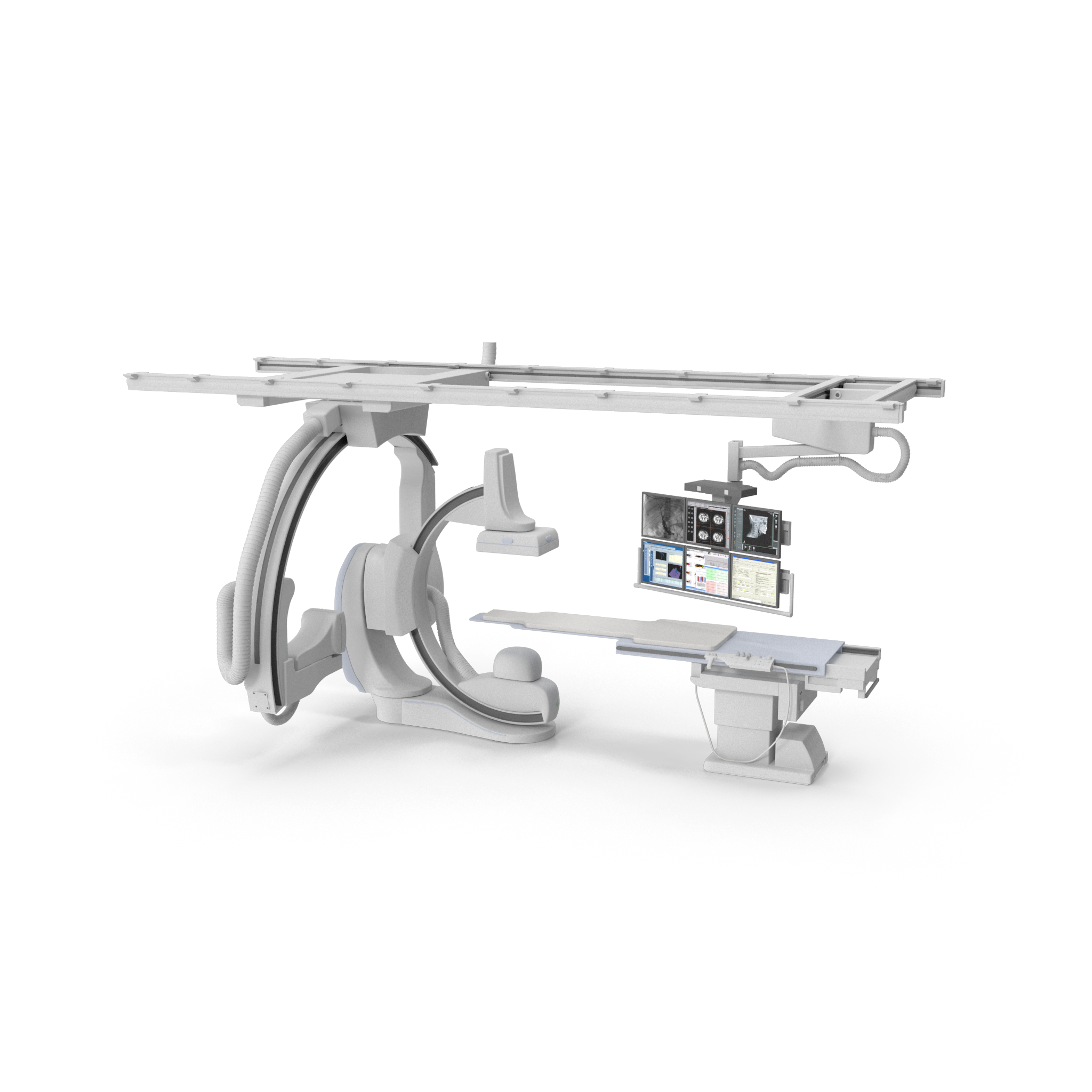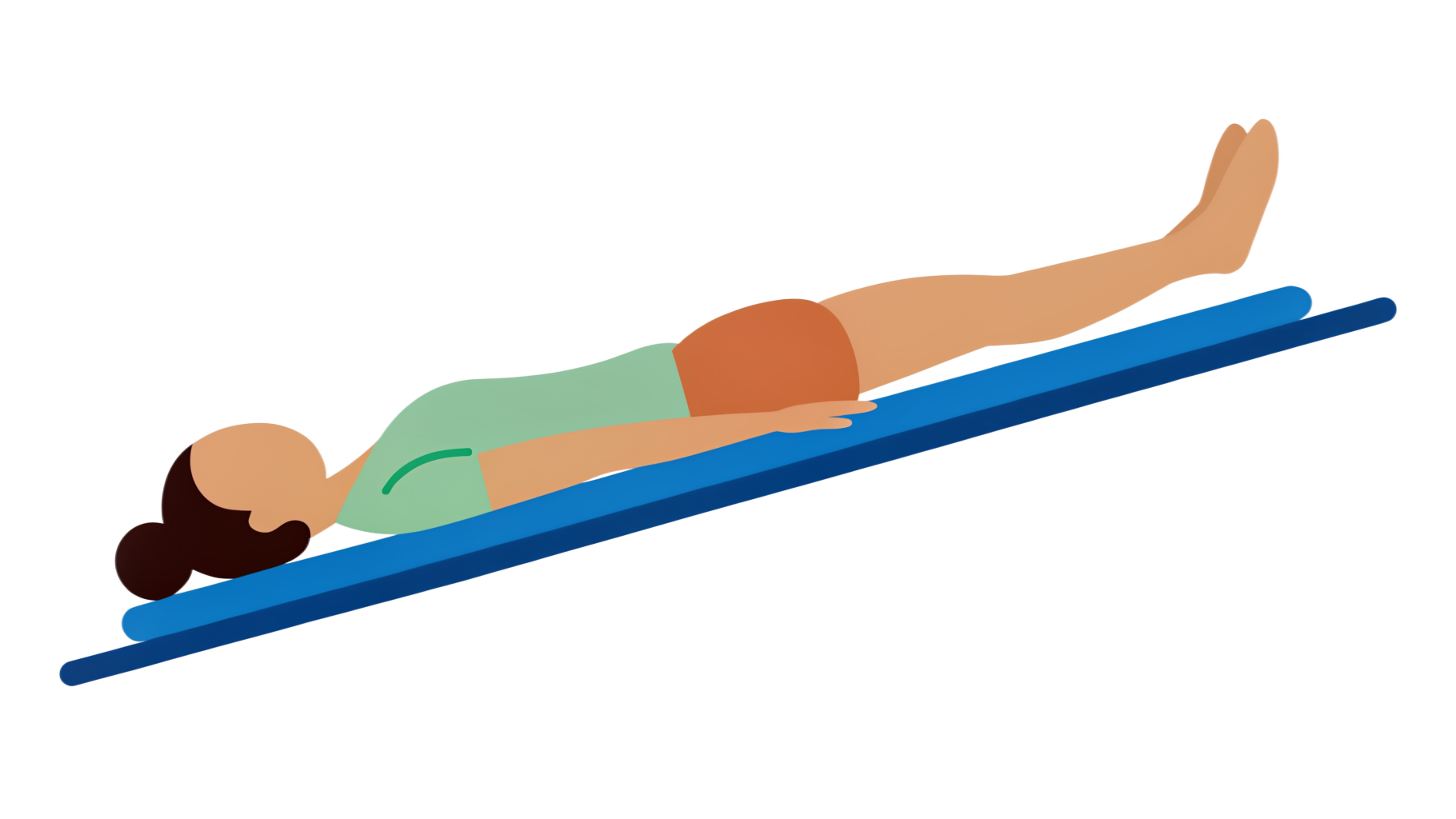Power for Patient Support – Not “One (Power) Size Fits All”
Posted April 07, 2025 by Dr. Simone Baer-Lang
Blog Summary
• Patient Support Needs: Most imaging devices require patient support, such as tables or stools, with portable devices like ultrasound and mobile X-ray typically not needing support. CT, MRI and interventional X-ray scanners use motorized tables with specific power requirements based on factors like patient weight and movement speed.
• Power Requirements: MRI systems may need 2-3 kW for patient support due to strong magnetic fields, while interventional X-ray tables might use 1-1.5 kW with separate motors for vertical and horizontal movements.
• Importance of Stability: Reliable power supplies are crucial for patient support stability during imaging, affecting image quality and patient comfort. Advanced Energy offers a range of medical-certified power supplies to meet these needs.
• Patient Support Needs: Most imaging devices require patient support, such as tables or stools, with portable devices like ultrasound and mobile X-ray typically not needing support. CT, MRI and interventional X-ray scanners use motorized tables with specific power requirements based on factors like patient weight and movement speed.
• Power Requirements: MRI systems may need 2-3 kW for patient support due to strong magnetic fields, while interventional X-ray tables might use 1-1.5 kW with separate motors for vertical and horizontal movements.
• Importance of Stability: Reliable power supplies are crucial for patient support stability during imaging, affecting image quality and patient comfort. Advanced Energy offers a range of medical-certified power supplies to meet these needs.
Most imaging devices need patient support, usually a table or sometimes a stool. For upright MRI- or PET-systems the patient support could be a stool. Portable devices like ultrasound and mobile X-ray devices typically don't need patient support. However, devices like CT, MRI, and interventional X-ray scanners have motorized tables that often use one or two power supplies. Several factors determine the power needed for patient support, including the maximum patient weight, the material and weight of the support platform, and the required speed and accuracy of movement. For example, in CT scans during an exam, the speed of the patient support differs significantly depending on the number of detector slices, the body part being examined and the examination itself, and whether contrast media is implemented [1, 2].
For MRI systems the power needed for patient support and potential accessories could be as high as 2 to 3 kW. Due to the strong magnetic fields (standard systems today use 1.5 Tesla or even 3 Tesla), patient support power supplies are often fastened directly to the table base, at the floor, and at the greatest distance from the magnet.
For MRI systems the power needed for patient support and potential accessories could be as high as 2 to 3 kW. Due to the strong magnetic fields (standard systems today use 1.5 Tesla or even 3 Tesla), patient support power supplies are often fastened directly to the table base, at the floor, and at the greatest distance from the magnet.
 Fig 1 Angiograph
Fig 1 Angiograph
In interventional X-rays, such as an angiography, the tables sometimes use two different power supplies. The main reason for this is that the tables might use two different motors, one for the vertical movement and another for the horizontal movements, including the Trendelenburg position, and the control sensors. In those instances, the power requirements typically range from 1 – 1.5 kW.
Single output, stable power supplies are ideal solutions for patient support power requirements. Equally important to note is the need for medical certified power supplies for the patient support. And depending on the patient support mechanics and geometry as such, a closed or also an open frame power supply might be preferred. Therefore Advanced Energy’s LCM600, NGB800, LCM1500 or LCM3000 are ideal plug-and-play power solutions for patient support power requirements – just to name a few of our broad range of medical certified power supplies.
 Fig 2
Fig 2 Trendelenburg position
Conclusion
Whether a medical support power unit employs a basic table with up and down functions, a sophisticated table with tilt, cradle or speed controls, or a stool, the power supplies play an essential role in patient support. The patient support and its stability, while moving, is critically important during an examination. Any unwanted movements, wobbling or shaking may have a direct impact on the image quality and can make the patient feel uncomfortable.
Reliability in delivering the right power at the required output parameters and physical strengths is key for patient support. The right power supply design ensures that any imaging system provides a safe environment for the patient as well as the clinical staff.

With the broadest AC-DC, LV and HV DC-DC standard and modified products and platforms, coupled with extensive applications and compliance experience, Advanced Energy offers systems designers an unrivalled range of proven power solutions for any patient support power supply design. Learn more about Advanced Energy’s capabilities in the medical applications here: Medical Power Supplies | Advanced Energy.
References:
- Optimization of the table speed of lower extremity CT angiography protocols in different patient age groups - PubMed, Thanongchai Siriapisith, Jitladda Wasinrat, Pramook Mutirangura, Chanean Ruangsetakit, Chumpol Wongwanit
- Quantitative and qualitative evaluation of the influence of different table feeds on visualization of peripheral arteries in CT angiography of aortoiliac and lower extremity arteries | Semantic Scholar, Bernhard C. Meyer, A. Oldenburg, Thoms Albrecht, European Radiology April 2008
Dr. Simone Baer-Lang
Advanced Energy
Simone Baer-Lang is a Senior Strategic Marketing Manager, Medical Power Products at Advanced Energy dedicated for medical Imaging. She joined Advanced Energy in 2023 and has previously held a number of senior roles in product& BusinessLine management, product & technical marketing, and business development in a number of leading medical technology and Imaging companies. Simone holds a Higher Diploma and PhD in Physics from RWTH Aachen University, during those times she was doing research at DESY as well at the Forschungszentrum Jülich.
More posts by Dr. Simone Baer-Lang
